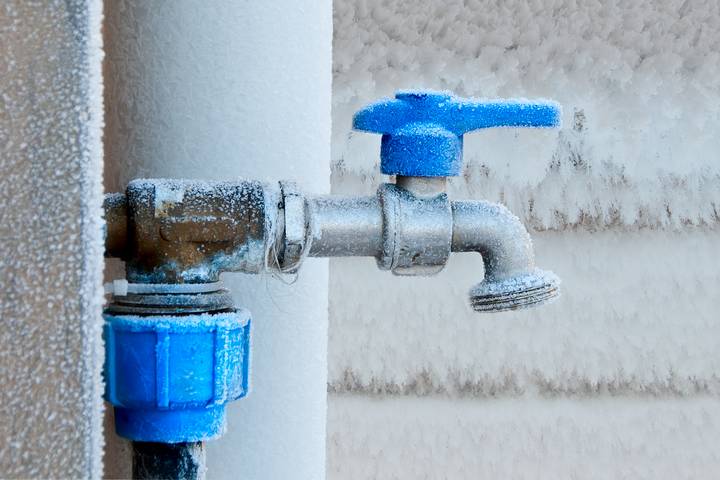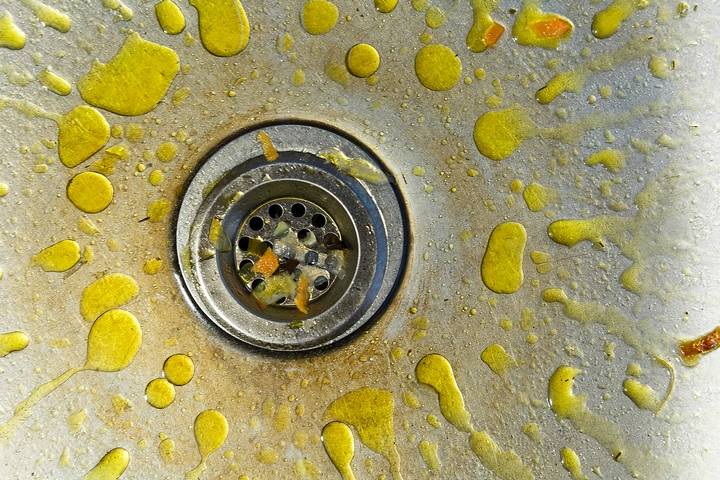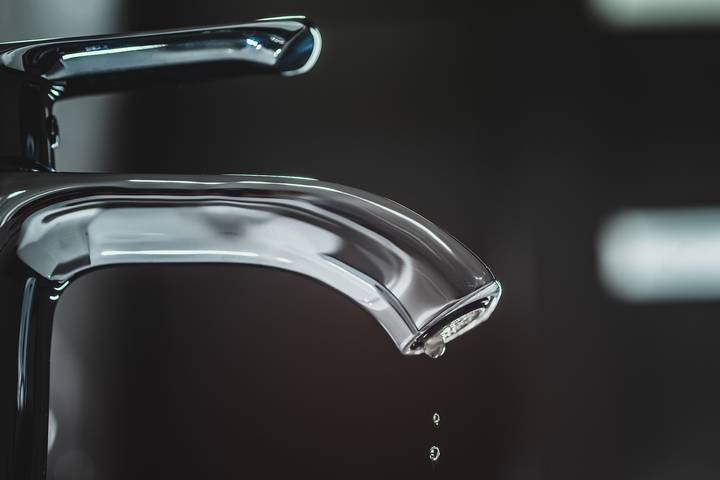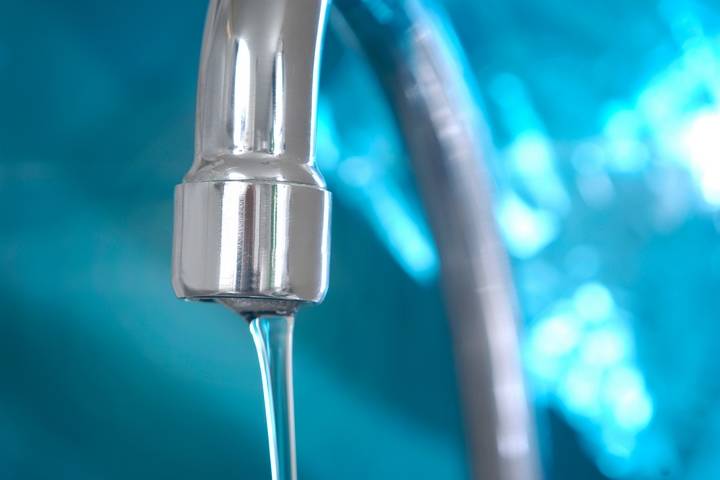Between the snowy weather and icy temperatures, the winter season brings many challenges to our plumbing systems. Faced with the harsh climate, there’s a chance for the pipes to freeze if it becomes too cold outside. A frozen pipe can lead to significant problems throughout your home, causing faucets, showers, and toilets to stop working as intended.
Looking for signs of frozen pipes should be included in your winter home inspection routine. Take the time to examine your plumbing pipes and act quickly if the water flow reduces or stops. Before a problem manifests, you should contact a plumber to perform a full inspection. These plumbing experts will ensure your pipes remain in working order despite the freezing outdoor temperatures.
You can prevent frozen pipes in the winter by staying alert and acting promptly when early warning symptoms emerge. Check out these five early signs of frozen pipes in winter:
Sign #1: There is frost on your pipes.

The first signs of frozen pipes occur when you notice condensation. Check all the water lines you can find and see if they are wet or have frost on them. If so, it means the water inside is too cold after prolonged exposure to freezing temperatures.
The good news is that you may still have time to protect your pipes. You can insulate or reroute the piping to shield them from the cold. You can also use heating cables on the pipes. Ensure you winterize any pipes in crawlspaces, attics, and exterior walls since these are often overlooked. As a general rule, you should beef up the insulation anywhere the water pipes are exposed to the winter climate.
Sign #2: There are drain odours.

Food, grease, and other debris get washed down your drain every day. Over time, the junk will accumulate inside your pipes and prevent the water flow. After the temperature drops below freezing level, you may start to notice a foul smell coming from your drains. The odour is a potential sign of frozen pipes in winter.
When the water is frozen, you will get a buildup of stinky waste. Depending on where the frozen blockage is located, it can affect one specific drain or all the drains. A possible solution is to clear the pipes with commercial solutions, but only proceed if you’re familiar with these products. Otherwise, contact a plumber to help you clean the drain debris.
Sign #3: There is no water from the faucet.

It is common for your faucets to have no running water in the winter season. When this problem occurs, it’s one of the most evident signs that you may have frozen pipes. That’s because when the temperature drops below 0°C, the pipes might freeze and restrict the water flow. As a result, the water cannot travel successfully to its destination, so nothing comes out of the faucets.
Sign #4: There is low water pressure in the faucet.

Another similar problem is that the faucet still works, but you get low water pressure instead. When you turn on the taps, you might notice the pressure is down and only a trickle of water comes out. That could be a sign of a partial freeze. The pipes are not completely frozen yet, allowing some water to flow. However, low water pressure is a sign that you should not ignore as the blockage could worsen with decreasing temperatures.
Sign #5: There is a burst pipe.

When water freezes, it will expand. Since there is only limited space in your pipes, the pressure may eventually cause them to crack open. A burst pipe is a significant plumbing issue that needs urgent attention. Worst of all, you may have multiple burst pipes at once, compounding the problem beyond control. Call an emergency plumber immediately and turn off all water sources coming into your home.
Here are some warning signs of a burst pipe:
- Flooding around the home or in the yard
- Sinkholes
- Peeling and bubbling paint
- Damp drywall
- Mould
- Dripping or running water noise
Ultimately, the best way to avoid frozen or burst pipes in winter is to take preventative measures. A possible solution is to let your faucets drip just enough to keep the water flowing. In addition, open the cabinets under your sinks to circulate warm air. Also, you can put a heating pad on the frozen pipes or a space heater in various rooms.
If you discover your pipes are frozen, call a professional plumber to resolve the issue before running the water. Until help arrives, turn off the main water supply and open the faucets to reduce the pressure in the pipes.



